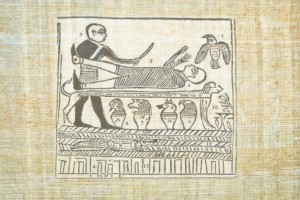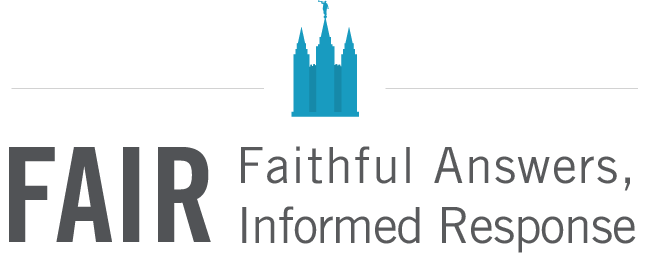Podcast: Download (6.8MB)
Subscribe: RSS
 Among the earliest LDS researchers to explore the likely path trekked by the Lehites, we would be remiss if we failed to include Lynn and Hope Hilton. In the early 1970’s, building on some of Hugh Nibley’s textual speculations, the Hiltons journeyed to Arabia – traveling over 2,000 miles through the Arabian Peninsula – photographed the landscape, and wrote about their findings. Some of their photos and thoughts were published in a two-part series in the Ensign in September and October of 1976.
Among the earliest LDS researchers to explore the likely path trekked by the Lehites, we would be remiss if we failed to include Lynn and Hope Hilton. In the early 1970’s, building on some of Hugh Nibley’s textual speculations, the Hiltons journeyed to Arabia – traveling over 2,000 miles through the Arabian Peninsula – photographed the landscape, and wrote about their findings. Some of their photos and thoughts were published in a two-part series in the Ensign in September and October of 1976.
In this podcast Michael R. Ash explores the possible journey of Lehi’s family as they traveled in the wilderness before they left on their voyage to the new world.
The full text of this article can be found at Deseret News online.
Brother Ash is author of the book Shaken Faith Syndrome: Strengthening One’s Testimony in the Face of Criticism and Doubt, as well as the book, of Faith and Reason: 80 Evidences Supporting the Prophet Joseph Smith. Both books are available for purchase online through the FairMormon Bookstore. Tell your friends about the Mormon Fair-Cast. Share a link on your Facebook page and help increase the popularity of the Mormon Fair-Cast by subscribing to this podcast in iTunes, and by rating it and writing a review.
The views and opinions expressed in the podcast may not reflect those of the Church of Jesus Christ of Latter-day Saints or that of FairMormon




